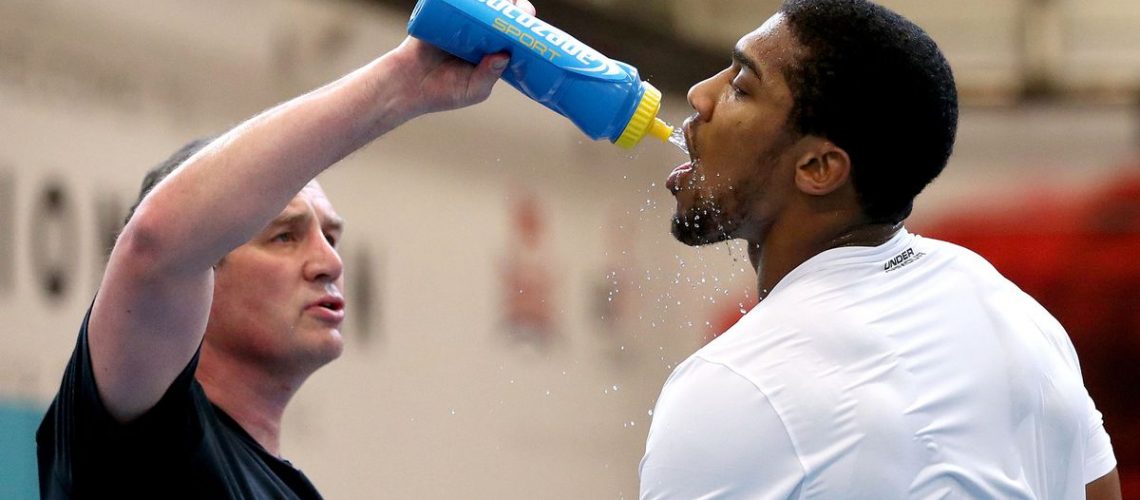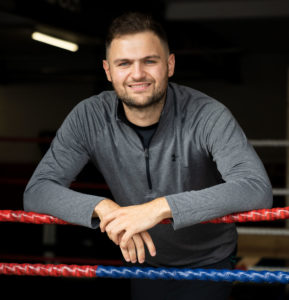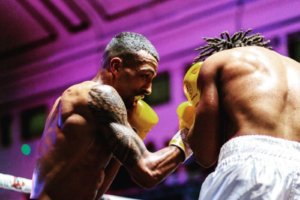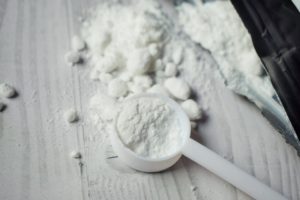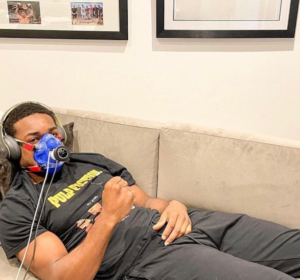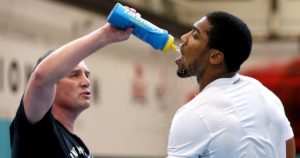There are a trio of components a boxer needs to get right in order to perform at their best day in day out & no I am not talking about the other most prolific trio Messi, Suarez & Neymar, I am talking about Sleep, Nutrition & Hydration. Today we are talking about hydration.
Hydration in my professional opinion, is massively underrated in the combat sports field. If you don’t drink enough your performance will suck. On the flip side if you drink too much your performance will also suck – it’s a tough nut to crack.
However when you nail your hydration strategy you can really see a difference in your overall performance levels in training & in other aspects such as your mood, hunger levels & sleep quality.
This article co authored by sports nutrition student at Liverpool John Moores University, Eoghan Mackin, covers all you need to know about hydration for boxing & how you can benefit massively from adding electrolytes to your training water bottles!
Overview Of Hydration & Effects Of Dehydration On Performance
Water makes up around 70% of our body mass which is split into two compartments, intracellular fluid & extracellular fluid. Extracellular fluid helps to protect our spinal cord nerves & our brain whilst intracellular fluid is the fluid found inside our cells. With this in mind it is crucial that we keep stop these stores from depleting by staying hydrated.
Whenever exercise is carried out fluid is lost via sweat & expiration. This a normal physiological response the body takes to help regulate core temperature & cool us down. During high intensity or lengthly bouts of exercise or exercise completed in humid conditions (most boxing gyms) large amounts of fluids can be lost during a training session.
When these lost fluids are not replaced this can result in the onset of dehydration. Evidence has shown that when 2% of an individual’s body weight is lost cognitive function, mental alertness & decision making is negatively effected, thus resulting in decreases in overall performance.
On top of this dehydration exceeding 2-3% of body mass has been shown to increase cardiac output (increase heart rate), reduce plasma volume, reduce aerobic exercise performance, reduce power output & reduce the protective layer of fluid surrounding the brain, which can result in the onset of serious brain injuries should the head be hit cleanly in sparring sessions.
impact of dehydration on performance
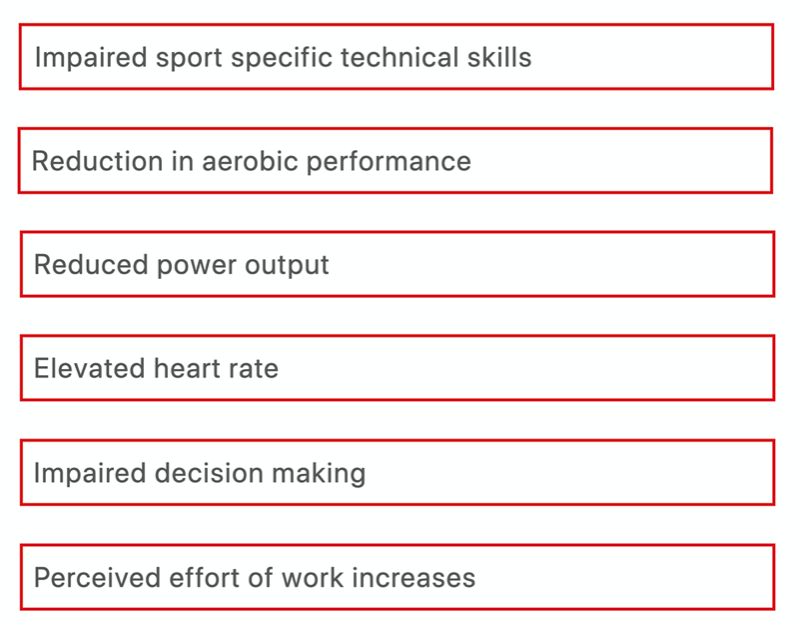
– Start Exercise In A Hydrated State
– Drink 500-750ml Of Fluid 60 Mins Pre Training
– Monitor Body Mass Pre & Post Training
– Drink More In Hot & Humid Conditions
– Carry Around A Water Bottle With You
Quick fire hydration tips for boxers

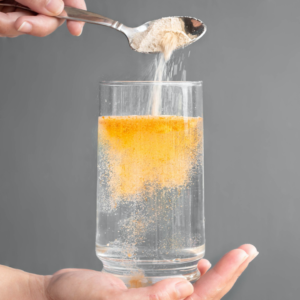
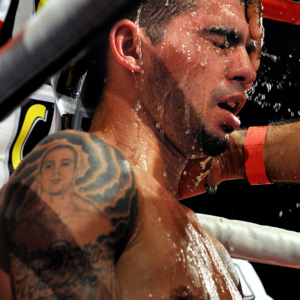
1. Monitor Your Urine Colour Yellow = Drink More!
2. Add Electrolytes To Pre, Intra & Post Training Drinks
3. Assess Your Own Individual Sweat Rate Regularly
1. Monitoring Your Urine Colour
It can be difficult to assess how dehydrated you are & weighing yourself constantly to determine body mass losses might not always be practical, especially for boxers who have a negative relationship with the scales or worrying about making weight (which is super common).
A really easy method you can use to determine hydration levels is to look at the colour of your urine. If the colour of your urine is yellow or worse dark brown (disclaimer you should not train if your urine is brown) then you need to start drinking pretty sharpish. If your urine colour is a clearer white colour then you are likely to be in a well hydrated state – although if you are peeing frequently you might be drinking too much (I will cover this in another highly informative 100% not boring installment of my blog).
A really good way to stimulate the thought process is to print out a urine colour chart like the one pictured below & stick it in your bathroom at home or in the toilet at your boxing gym – this will help you be more aware of your hydration by nudging the behaviour to drink more.

2. Add Electrolytes To Pre, Intra & Post Exercise Drinks
One thing which I don’t see enough boxers do is add electrolytes to their pre & intra exercise drinks. Electrolytes (sodium, potassium, chloride & magnesium) are essential minerals which help aid the absorption of fluid into the cells which supports optimal muscle function & contraction.
The annoying thing is, these electrolytes are lost via sweat which means they need to be replaced. You can do this by adding electrolyte tablets or powders to your water bottles or by buying ready made electrolyte drinks. It is important to note that various products contain different amounts of electrolytes with some containing higher amounts than others. If you are a salty or heavy sweater it may be worth opting for an electrolyte product which has a higher sodium content such as precision hydration 1500 (see below).
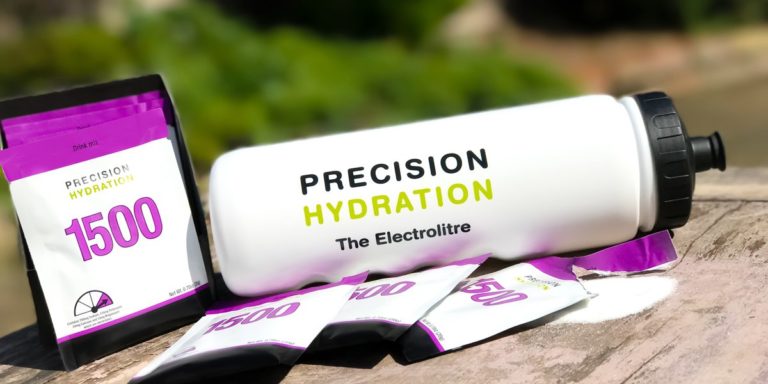
The addition of carbohydrates intra exercise drinks in low concentrations (2%) may aid the absorption of electrolytes. In addition to this carbohydrates will help provide a source of fuel during high intensity sessions lasting 45 + minutes & help top up muscle glycogen stores. So it may be worth consuming a drink containing electrolytes & carbohydrates during training sessions to help replace fluids, electrolytes & carbohydrates lost during exercise!
3. Assessing Your Own Individual Sweat Rate
To nail down your hydration strategy you may want to assess your own sweat rate, this is a tactic which I use with fighters I work with. Calculating the amount of sweat (fluid) you lose during various training sessions can help you determine how much fluid you need to drink during & after training sessions to ensure you stay hydrated.
Sweat rate varies massively between individuals, I have seen fighters in a hot boxing gym underground hardly break sweat at a heart rate of 150bpm whilst others have been stood in the ring standing in a puddle of sweat! This is purely down to factors such as:
– Genetics
– Heat Acclimation Status (One Boxer May Be More Used To The Heat)
– Clothing Worn During The Session
– Current Hydration Status (Are They Already Dehydrated?)
With this in mind, you can use the following steps to calculate your individual sweat rate:
1. Record your body weight with no or limited clothing on after urination
2. Carry out the training session (your clothes should be back on by now) & get your coach or someone nearby to record the amount of fluid you have consumed during the session – example = fluid drunk – 500ml
3. After you have finished your session ensure that any excess sweat on the body is wiped off using a towel or someone you don’t likes t shirt & again in minimal clothing weigh yourself again
4. Now take away the post session weight from the pre session weight to work out the amount of weight lost during the session – example 85kg-84.5kg = 0.5kg lost
5. Next up take away the weight of fluid consumed during the session to work out the amount of sweat lost in the session
Weight lost + volume of fluid consumed
Example – 0.5kg (500ml) + 500ml = 1L
6. Now you know during the training session you have lost 1L of fluid you would then need to drink back 125-150% of that fluid in the hours after your session which would equate to:
1.25-1.5L of fluid during the rest of the day!
This can be an incredibly useful tactic for you to use to know how much fluid to put back into your body, particularly if you are training again later on in the day!
I hope you have enjoyed reading this blog all about hydration for boxing, if you want to learn more about nutrition for combat sports check out my other blogs or tune into The Ringside Nutrition Podcast!
Jack

